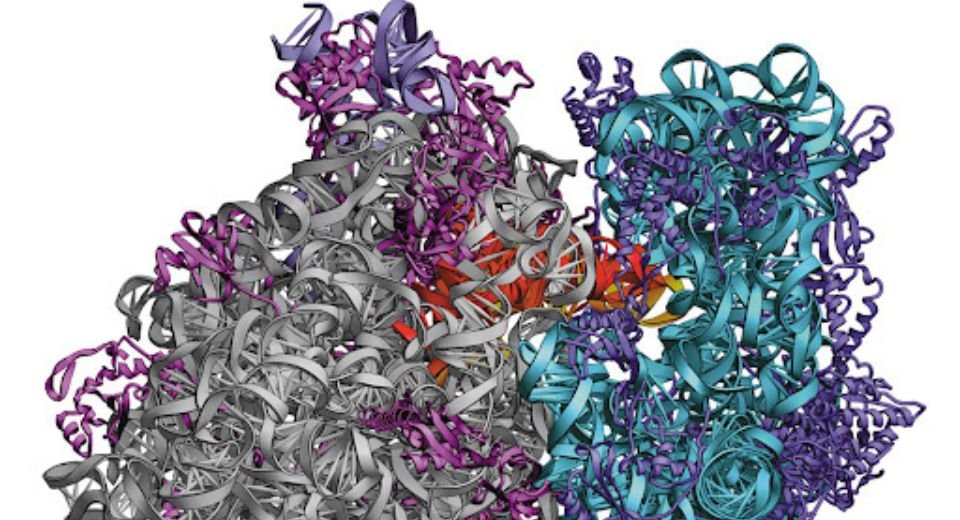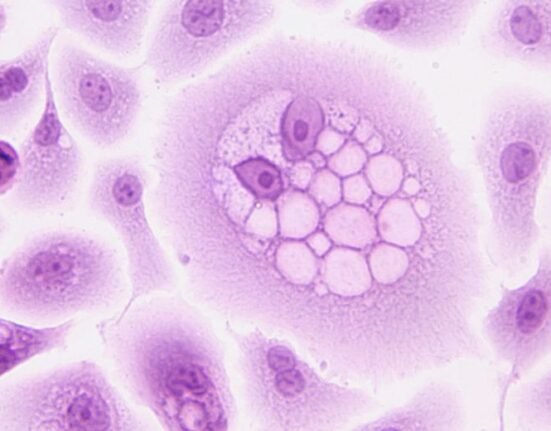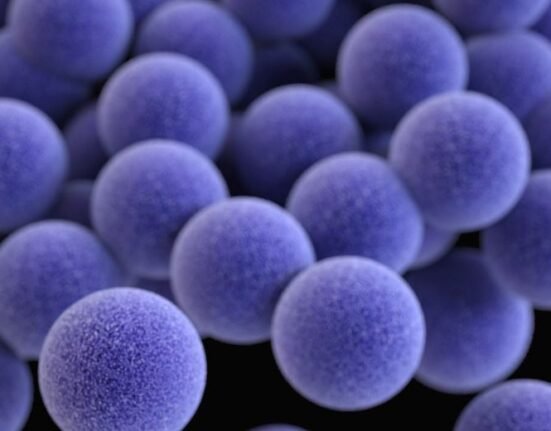HQ Team
February 20, 2024: A new weapon to kill superbugs may be on the horizon after researchers at the Cambridge, Massachusetts-based Harvard University said they have created a synthetic compound called cresomycin.
Cresomycin kills strains of drug-resistant bacteria Staphylococcus aureus, which causes skin and soft tissue infections such as cellulitis, bloodstream infections, pneumonia or bone and joint infections.
It also kills the Pseudomonas aeruginosa bacteria which causes malignant external otitis, endophthalmitis, endocarditis, meningitis, pneumonia, and septicemia. It occurs mostly in hospital patients and the likelihood of recovery from pseudomonas infection is related to the severity of the patient’s underlying disease process.
Effective against other strains
The Harvard team, led by Andrew Myers, Amory Houghton Professor of Chemistry and Chemical Biology, stated that cresomycin kills many other strains of drug-resistant bacteria.
“While we don’t yet know whether cresomycin and drugs like it are safe and effective in humans, our results show significantly improved inhibitory activity against a long list of pathogenic bacterial strains that kill more than a million people every year, compared with clinically approved antibiotics,” Myers said in a statement.
The new molecule demonstrated an improved ability to bind to bacterial ribosomes, bimolecular machines controlling protein synthesis.
The ribosome reads the messenger RNA (mRNA) sequence and translates that genetic code into a specified string of amino acids, which grow into long chains that fold to form proteins.
Disrupting ribosomal function is a signature of many existing antibiotics, but some bacteria have evolved shielding mechanisms that prevent legacy drugs from working.
‘War against superbugs’
Meyers said: “…our results show significantly improved inhibitory activity against a long list of pathogenic bacterial strains that kill more than a million people yearly…”
Cresomycin is one of several promising compounds that Myers’ team has developed, to help win the war against superbugs, according to the statement.
The Harvard team’s latest molecule is inspired by the chemical structures of lincosamides, a class of antibiotics that includes the commonly prescribed clindamycin.
Similar to other antibiotics, clindamycin is made through semisynthesis, in which complex products isolated from nature are modified directly for drug applications.
The new Harvard compound, however, is fully synthetic and features chemical modifications that cannot be accessed through existing means.
Ribosome
“The bacterial ribosome is nature’s preferred target for antibacterial agents, and these agents are the source of inspiration for our program,” said co-author Ben Tresco, a Kenneth C. Griffin Graduate School of Arts and Sciences student.
“By leveraging the power of organic synthesis, we are limited almost only by our imagination when designing new antibiotics.”
Bacteria can develop resistance to ribosome-targeting antibiotic drugs by expressing genes that produce enzymes called ribosomal RNA methyltransferases.
These enzymes box out the drug components that are designed to disrupt the ribosome.
To get around this problem, Myers and team engineered their compound into a rigidified shape that gives it a stronger grip on the ribosome.
The researchers call their drug “pre-organized” for ribosomal binding as it doesn’t need to expend as much energy conforming to its target as existing drugs must.
“Antibiotics form the foundation on which modern medicine is built,” said co-author and graduate student Kelvin Wu. “Without antibiotics, many cutting-edge medical procedures, like surgeries, cancer treatments, and organ transplants, cannot be done.”








